In a number of locations across the islands of Malta and Gozo in the Mediterranean sea are complex network of parallel tracks cut into the limestone rocks that are apparently man-made. They are called “cart ruts” because of their resemblance to tracks left by carts. The tracks are up to 60 cm deep and have an average distance of 110 to 140 cm between them. Some of the tracks cross each other while others branch out to form junctions creating an illusion of a great railway station switching yard. The age and purpose of the tracks are still a mystery, but it’s generally presumed the ruts formed around 2,000 BC after new settlers came over from Sicily to start the Bronze Age in Malta.
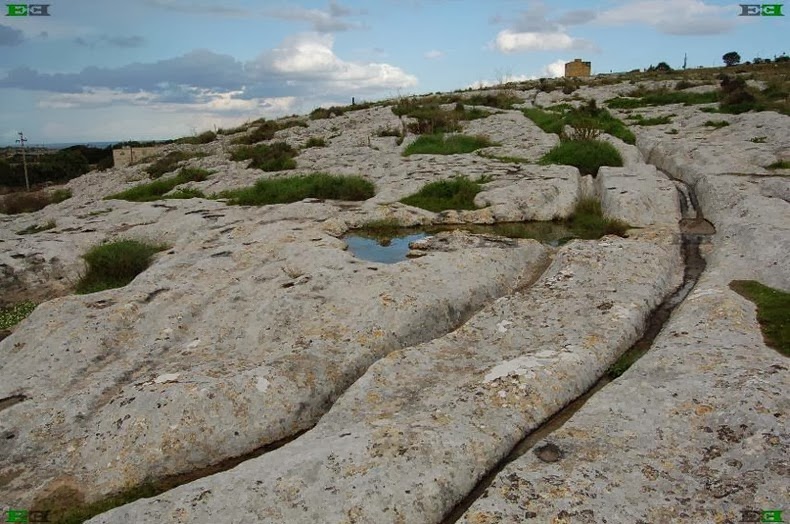
There are different theories about how these tracks were created. Some scholars believe that the tracks were formed by carts or sledges carrying heavy cargo across the island, such as stones from quarries or megalithic blocks in order to build temples. The heavy wooden wheels or sleds would have leave furrows on the top soil. Over time, the furrows would be deeper and deeper until they scrape the limestone floor. When the area was abandoned, standing rainwater in the furrows started decomposing the limestone creating tracks in the bedrock. Other theories maintain that the cart-ruts were used as irrigation channels for the distribution of water from springs up to the agricultural terraces, although this is unlikely as parallel tracks would serve no purpose in irrigation.
One of the most complicated networks of cart-ruts is found at “Misrah Ghar il-Kbir” near the Dingli Cliffs. The site was nicknamed as "Clapham Junction" by an Englishman named David Trump because it reminded him of the busy railway station by the same name in London. The cart-ruts seem to be present everywhere and run in all different direction, covering an area of about 8 hectares or more. Some of these tracks actually run towards ancient quarries, supporting the theory that cart ruts were formed by rock carrying sleds.
Tracks like the cart ruts at Malta and Gozo are present on other places in the world such as in Sardinia, Sicily, Italy, Spain, Greece, France and Germany. Not all are of the same origin and not all had to fulfill the same purpose. Some are built with stone brick gutters, some are weathered wagon tracks and some grooves caused by natural erosion. Some of them are simply weathered Roman roads. But the rail tracks on Malta are unique and very impressive. It is very likely that they are simple traces of transport mediums, such as grinding poles of wood.
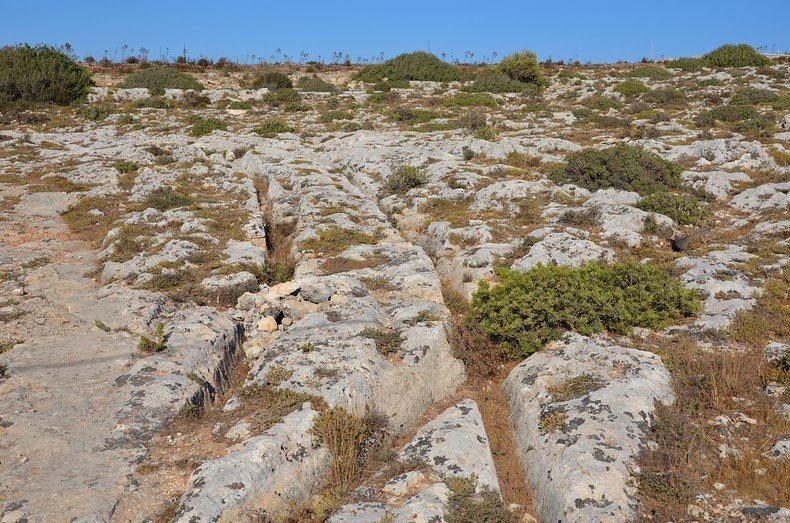
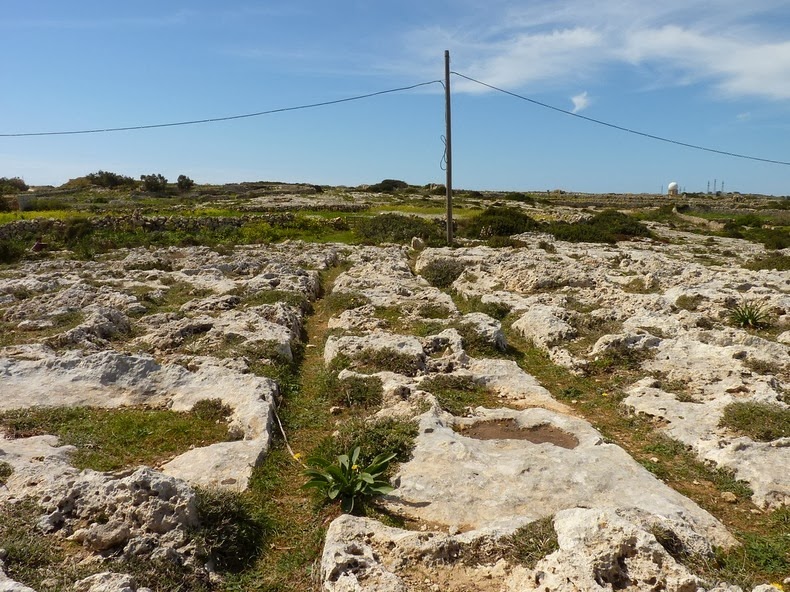
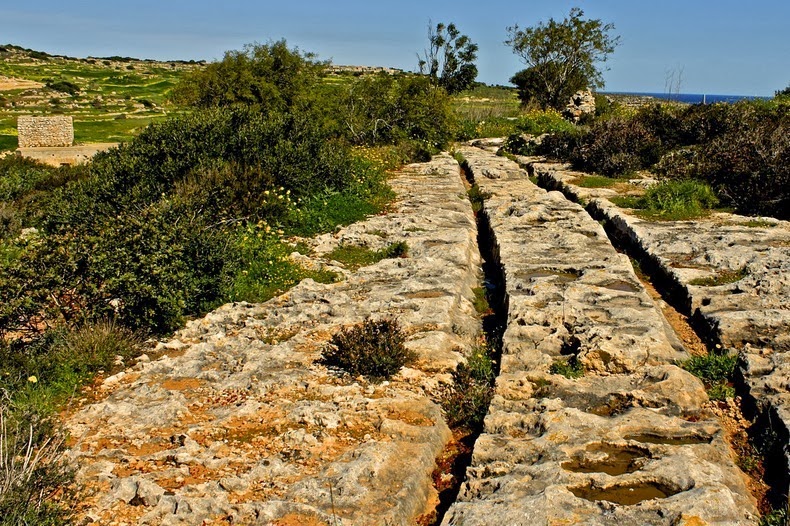

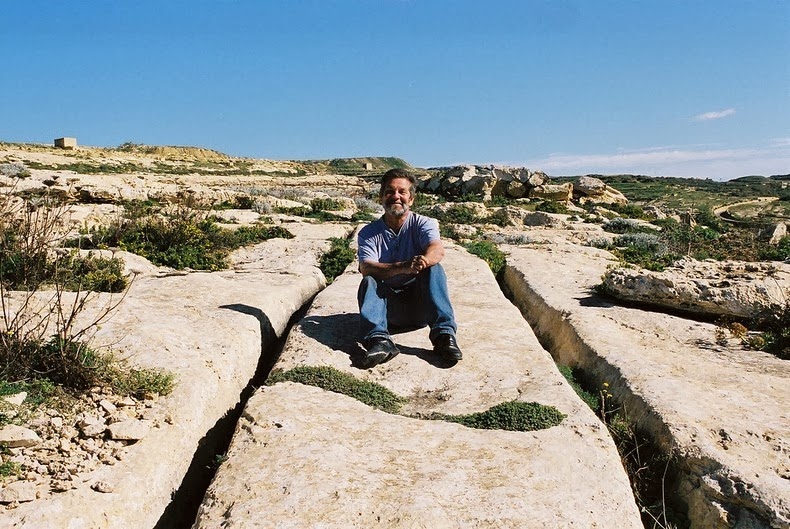



Comments
Post a Comment